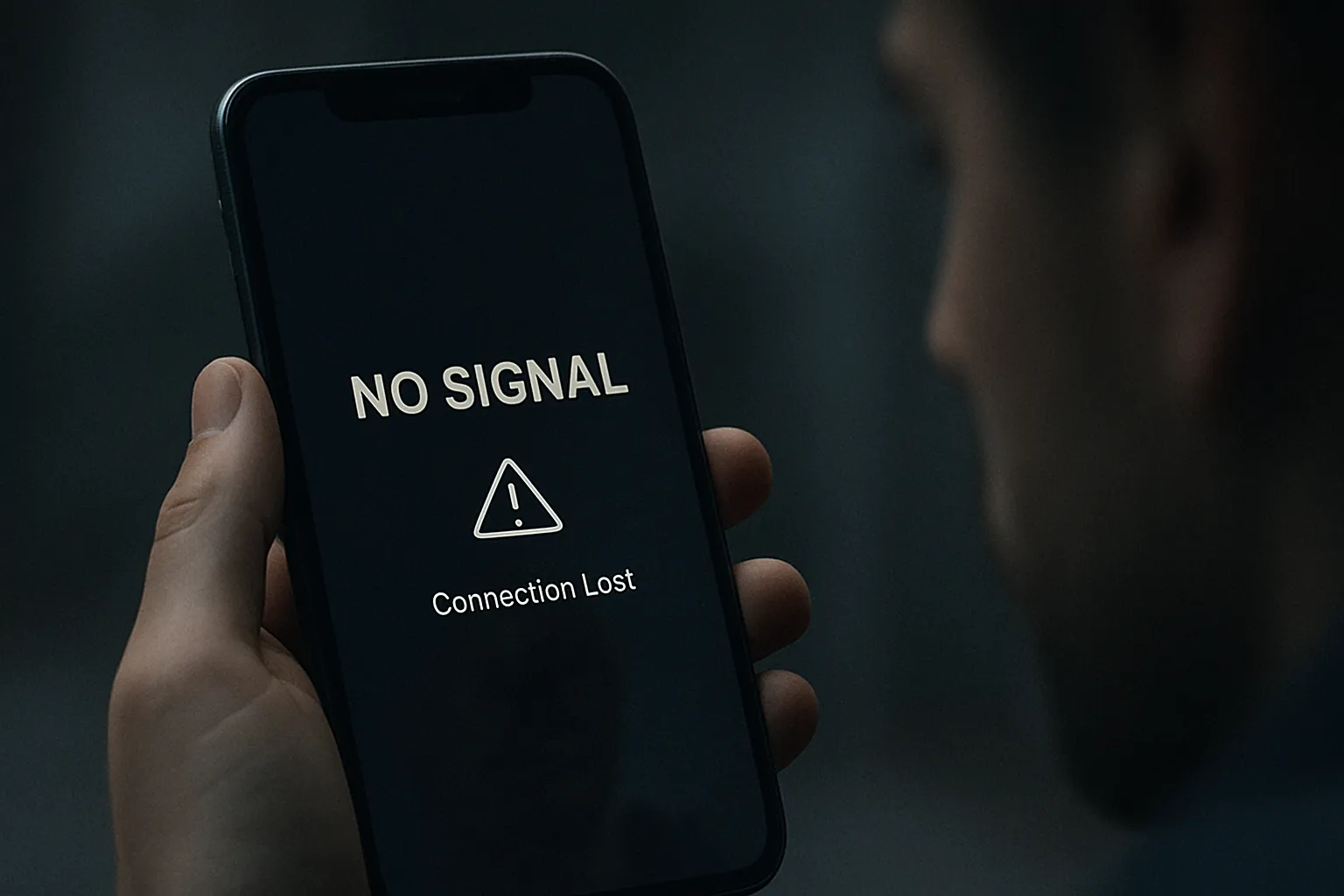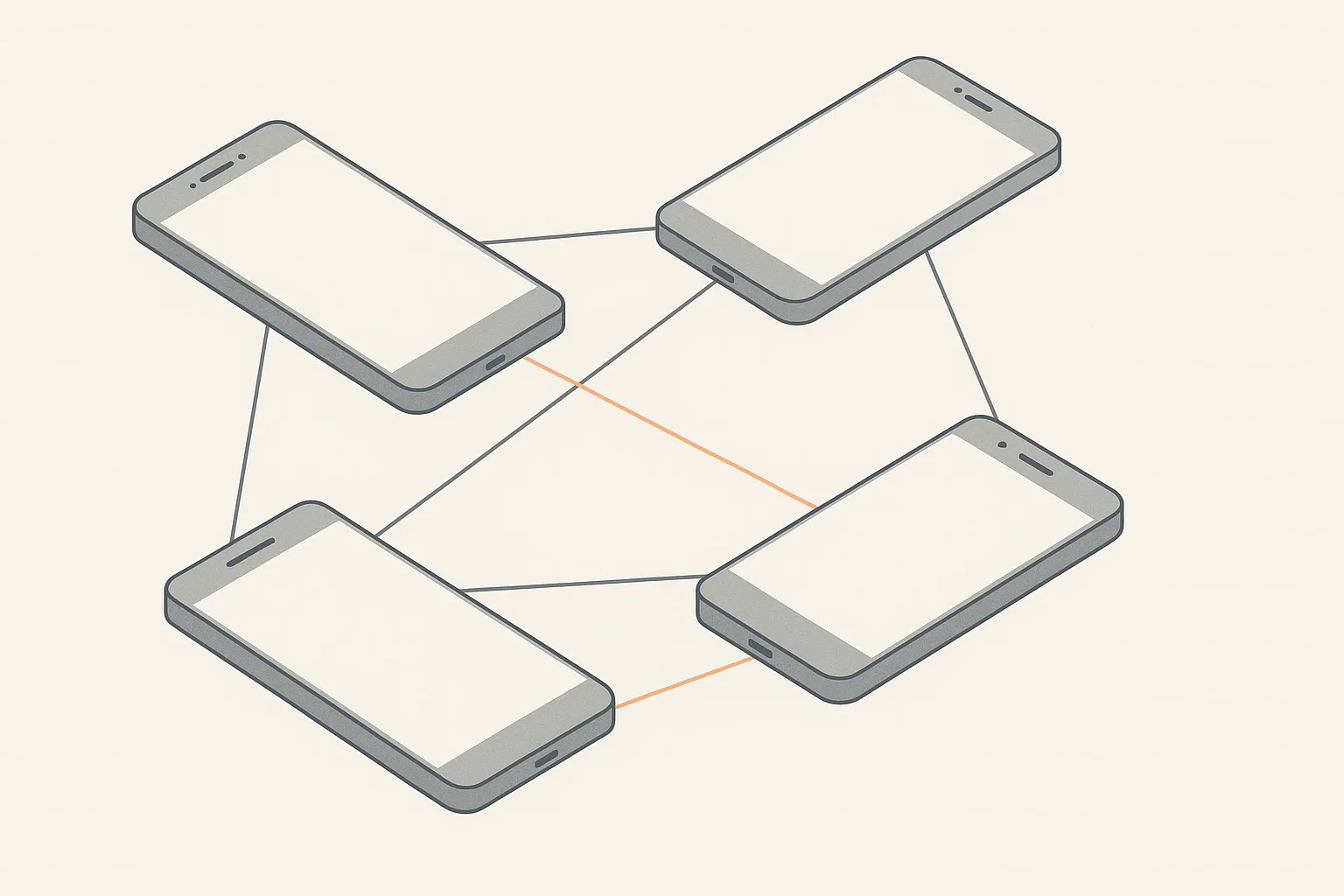What happens when social media goes dark?
'Even in the same room, Zoom messages travel through servers across the world,' says Rob Wijers – a gap decentralized messaging aims to close

When authorities restrict the internet or block social media, people find other ways to communicate. Around the world – from recent protests in Madagascar and Nepal to smaller crackdowns elsewhere – downloads of decentralized messaging apps like Jack Dorsey’s BitChat have spiked. Designed to work without traditional networks, these tools use Bluetooth mesh systems that let messages move phone to phone even when the internet is down.
Most mainstream messengers bounce your words off distant servers before delivering them. That’s a problem decentralized apps avoid, ICT expert Rob Wijers told The Crypto Radio, explaining how they exchange information peer-to-peer, skipping centralized services and linking devices directly whenever possible.
“Even in the same room, Zoom messages travel through servers across the world, whereas decentralized apps communicate directly via simpler connections,” he said.
Such apps can also operate on mesh networks that “dynamically connect devices acting as both transmitter and receiver, without any configuration needed,” Evert Bopp of Crisis Cognition & Disaster Tech Lab told The Crypto Radio. “They automatically sync, sharing and receiving data between the two devices,” he added.
Where decentralized messaging is taking off
The blockchain messaging apps market is projected to grow from $94.6 billion in 2025 to $3,501 billion by 2035, at a compound annual growth rate of 43.5%, according to research conducted by Future Market Insights Inc.
Apps like Session show how these systems work in practice. Its co-founder Kee Jefferys told The Crypto Radio that the app “was heavily used in Iran during the Mahsa Amini protests, where Signal was blocked by SMS verification restrictions.”
“In lower-income countries, people may not [be able to] afford mobile internet but can access free Wi-Fi, where Session becomes effective,” he said.

A loss of signal doesn’t always mean silence – peer-to-peer networks can still connect users offline
Balancing privacy and performance
For all their promise, these tools aren’t flawless. Wijers said reliability, encryption, and ease of use remain constant challenges. Without a central server to manage message delivery, decentralized apps must handle dropped connections and failed transmissions on their own – a task that adds complexity and slows performance.
“Zoom calls use HTTPS encryption, while in distributed messaging, nearby devices can potentially see messages, and Bluetooth or Wi-Fi may lag,” he said. These are the kinds of local vulnerabilities that decentralized networks must overcome through stronger encryption and design.
Even so, privacy remains a major advantage. Jefferys said Session addresses it on three levels: decentralization removes any single point of surveillance; dropping phone numbers breaks the link between identity and account; and onion routing conceals users’ IP addresses.
He also compared WhatsApp’s privacy model: “Your IP is exposed to servers, allowing them to collect extensive user metadata. WhatsApp’s centralized servers mean every message, even if encrypted, still contains sender, recipient, time, and group metadata.”

Bluetooth mesh technology enables communication to continue during outages or censorship
Why decentralized apps struggle to grow
While privacy may be a draw, habits are harder to change. “If you want to message your grandma, she’s likely on WhatsApp or SMS, not a decentralized messaging app,” said Jefferys.
That social inertia is one of the biggest hurdles to decentralization. Even privacy-conscious users tend to stay where their contacts already are, making it hard for new platforms to gain traction. Without an existing base of friends or colleagues to talk to, many first-time users abandon the apps after downloading them.
“Late adopters join slowly, making it hard for new apps to overcome the network effect since contacts aren’t using them,” he added.
Making decentralization simple
The learning curve adds to that challenge. For anyone not familiar with technology, “you don’t need tech expertise to use decentralized messaging apps,” Bopp said.
“Most distributed mesh networks use established protocols and, in most cases, the apps function reliably,” he added. “Usage is straightforward: select your security level, enable notifications, and quickly share files, almost like airdropping on iOS.”
Still, that simplicity has limits. Wijers noted that decentralized systems can intimidate less tech-savvy users. “In the past, connecting an IBM computer to an HP one required tech experts,” he said.
Jefferys shared a similar view, acknowledging that these tools “aren’t as simple as WhatsApp yet, but technical barriers are being reduced, making it feel like a general-purpose messaging app, with the specialized details hidden from the users.”




